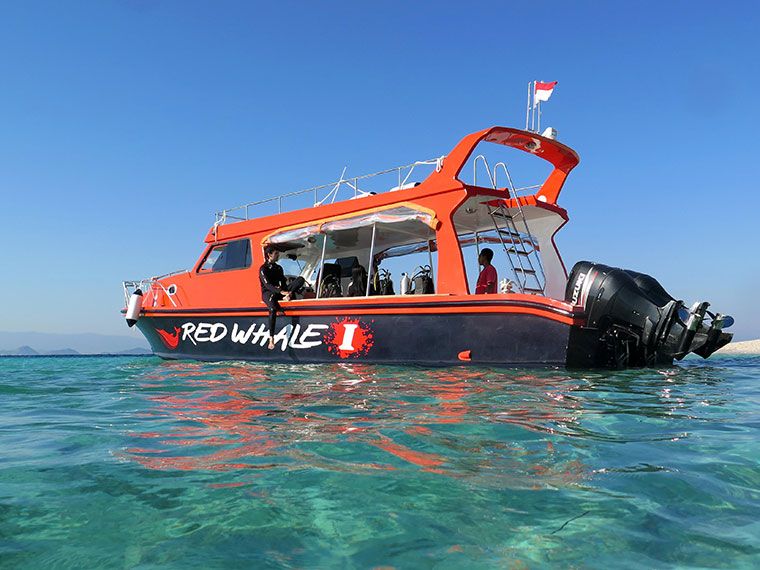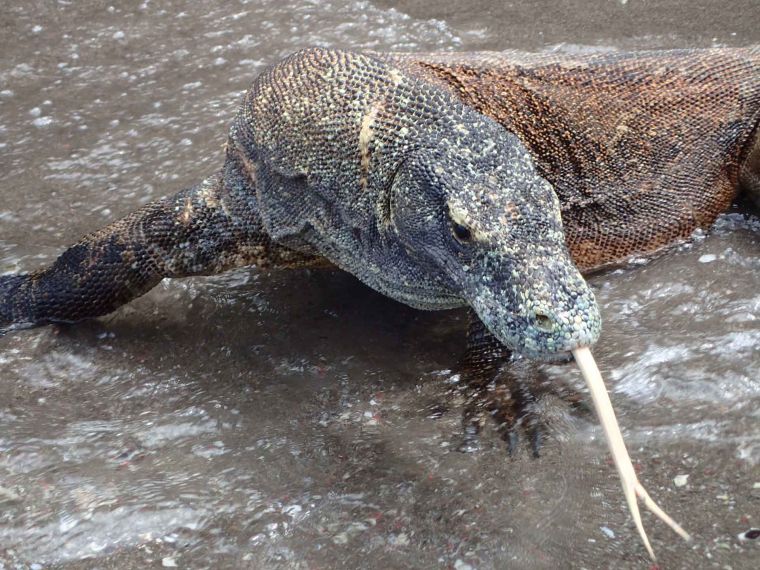Diving is an exciting activity, as you will get a chance to enter to the new world under the water and witness the life in it. Part of making a remarkable scuba diving experience is making sure that you are prepared for it. Here are a few things you need to know about preparation before diving vacation.
1. Getting fit for diving
Getting your body fit is the first preparation before diving vacation. Diving is fun, but it can also be tiring and exhausting. That is why you need to prepare your body before jumping in the water. Make sure that your body is fit enough to handle the challenge underwater. You need to condition yourself. Practice is the key. Schedule yourself to go swimming a few times in a week. If you can’t, jogging or cycling will do. It will help you to tone your muscle and be ready for the dive.
2. Obtain a diving certification
Scuba diving can be a risky vacation, despite being fun and exciting. That is why it is better to get a proper training and certification to dive in an open-water. If this is your first dive, do not try a dive without being accompanied by instructors or more experienced friends.
Scuba diving is a little complicated. First, you need to learn to breathe with your diving equipment (don’t hold your breath underwater!). You will also need to know how to assemble your equipment and to get used to swimming with it. After knowing the basic, all you need is practice, practice, and practice. The longer you spend time under the water, the better you will be in diving.
3. Prepare your diving equipment
A mask, fins, snorkel, and wetsuit are all you need for snorkeling. But diving requires a lot more equipment. First, you are going to need a wetsuit, especially if you are diving deep or diving in the non-tropical sea. The thickness of your wetsuit depends on the water temperature. The cooler the water, the thicker the cloth you need. The wetsuit does not only protecting you from the water temperature but also stings from underwater animals. Be sure to pick a wet suit that fits you properly and provides enough flexibility.
And of course, you are going to use a scuba tank. Picking the suitable tank depends on how deep you are going to dive. Tanks made from steel is less buoyant but heavier. Tanks made from aluminum is less heavy but more likely to be buoyant. Along with the scuba tank, you need a regulator to control the way the air flows out of the tank.
You will also need swimming fins, buoyancy compensator device(BCD), and weight belt. This equipment will help you deal with water resistance, move upward and downward in the water, and cancel out the buoyancy of your diving equipment. Also, you may also need knife or shears, although it is not obligatory. But it is always better safe than sorry.
Although diving sites usually rent diving equipment, advanced divers prefer using their equipment, except for the tank. Especially when you are traveling light, or you have to go on a long trip, the tank will take up too much space in your luggage.
4. Make sure that your equipment works
Since your diving equipment is important and can determine your safety under the water, checking them regularly is a must. Severe injuries and deaths may occur because of the faulty system. So, make sure everything works just fine.
5. Bring warm clothes and sunscreen
You also need to consider bringing warm clothes, despite visiting warm or tropical areas. Some tropical areas have cooler nights, while during the day, the weather can be scorching. Make sure to bring your sunscreen, sunglasses, and hat as well. In a case of emergency, bringing a primary aid package with you can be very helpful too.
6. Choose your diving location
Choosing the best location is also a part of preparation for diving vacation. To get ultimate experience, you need to consider several aspects in selecting the location, including the attraction and biodiversity of the marine, the visibility under the water, the depth, the temperature, the water conditions, and the possible threats from the wildlife.
Attractions under the water may include coral reefs, shipwrecks, caves, and flora and fauna. The most colorful underwater location usually can be found in tropical areas. The visibility in tropical areas is also great. You will be able to see properly even in 30 m depth. The depth determines the diversity of the ecosystem, water pressure, and also the deeper you go, the more chances to encounter wildlife. Beginner divers are not advised to go below 30 m as it can be dangerous.
Those are some of the things you should know about the preparation before diving vacation. Make sure all you need is ready and more importantly be sure that you are ready. Pack your stuff and have a great vacation!







